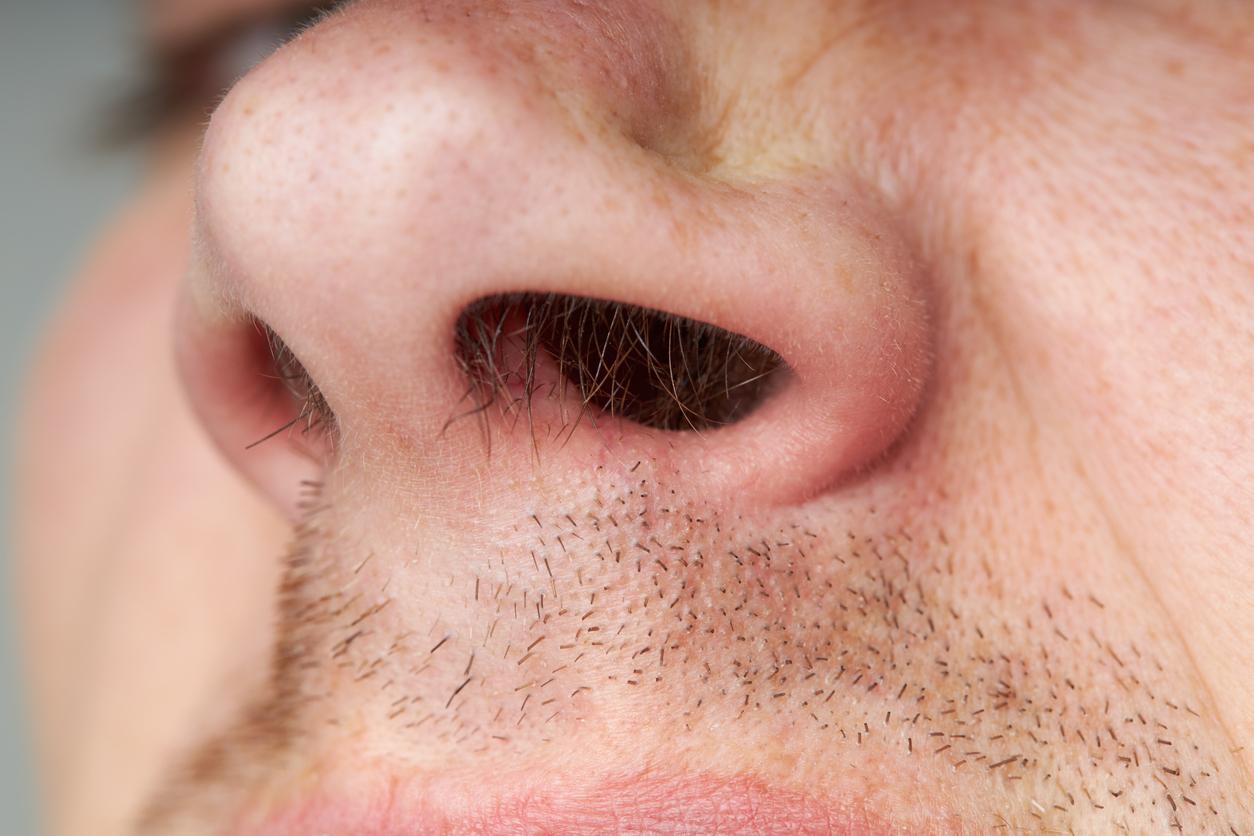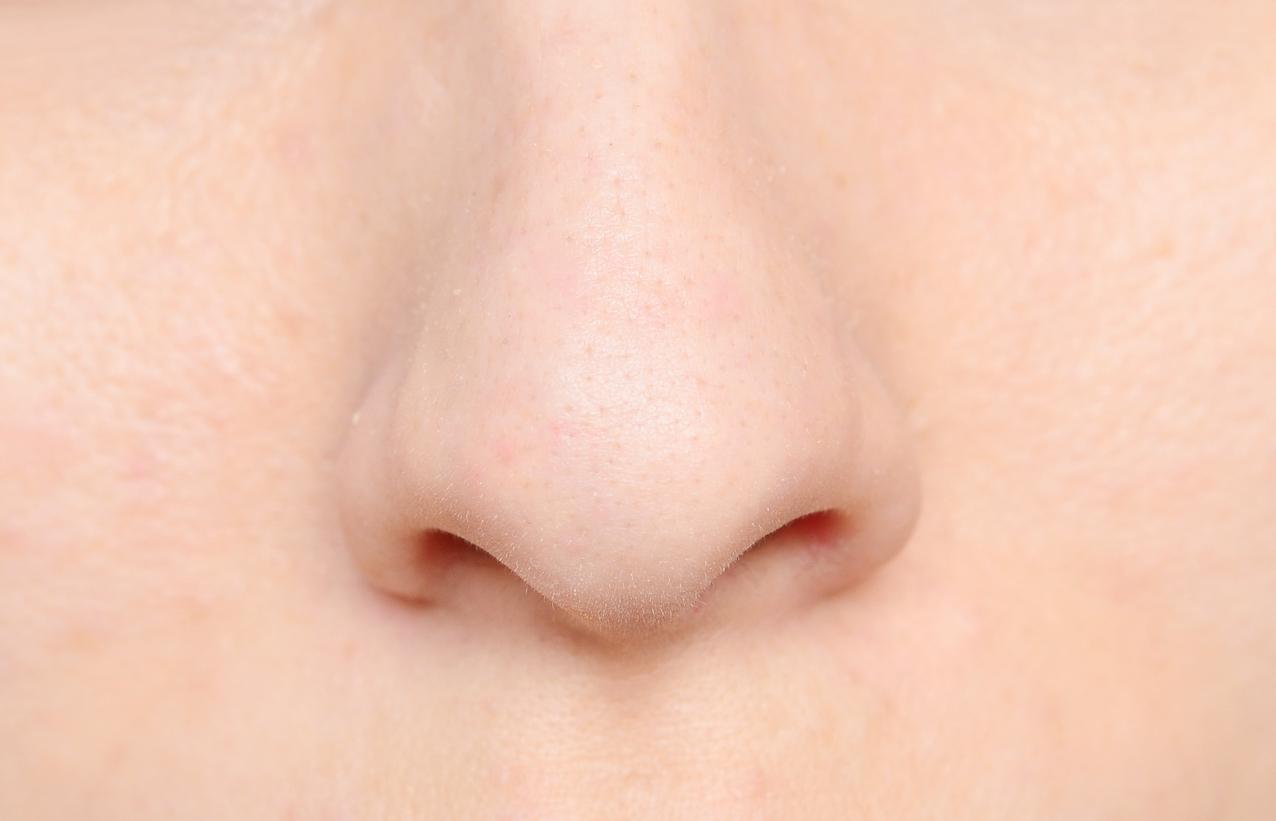Most nosebleeds are nothing to worry about, except in certain situations, says an ENT doctor.

- Nosebleeds, or epistaxis, are a benign condition that nearly 2 out of 3 people will experience at least once in their lives.
- To stop it, you have to compress the nose for around ten minutes.
- 3 cases nevertheless require a call to a doctor or Emergency Department, namely bleeding lasting more than 20 minutes despite treatment, an unusual frequency of bleeding or when the person suffers from a blood coagulation disorder.
A nosebleed, or epistaxis, is a hemorrhage that occurs in the mucous membranes lining the nasal passages. It is benign in most cases and will happen at least once in the life of 60% of the general population, with a comparable frequency in children and adults.
How do you know if a nosebleed is serious?
Dr. Hopkins, an otolaryngologist (ENT), lists three cases where epistaxis warrants medical attention:
- when the bleeding lasts over time: if it lasts more than 20 minutes while you try to stop the flow, you should start to worry and call the Emergency Department;
- when bleeding is frequent, that is to say several times a week: in this case, do not hesitate to consult an ENT doctor;
- in people who suffer from a blood clotting disorder: “If you have a bleeding problem or regularly take blood thinners or aspirin, it is more difficult to stop bleeding once it starts”, explains Dr. Hopkinswhich advises these patients to discuss it with an ENT specialist.
The most common causes of nosebleeds are inflammation of the mucous membrane of the nose (viral nasopharyngitis, allergic rhinitis, etc.), dryness of the air (very heated rooms in winter or in an extremely dry climate), scratching of the nose. nasal mucosa, trauma to the nose, or the use of a medication for nasal use, reminds Health Insurance.
Epistaxis: how to stop a nosebleed?
When you start to have a nosebleed, you obviously need to stay calm, breathe through your mouth and keep an upright position. The doctor advises sitting down and tilting your head slightly forward. It is not recommended to put a tissue directly into the nose to absorb the blood, as this risks irritating the mucous membrane and causing even more bleeding.
If you have a nasal decongestant like oxymetazoline or phenylephrine, you can spray it into your nose on the bleeding side. Otherwise you can directly begin to exert pressure on the soft part of the nose, with your thumb and index finger, maintaining the compression for around ten minutes. “It may feel weird and uncomfortable to hold your nose for a full 10 minutesrecognizes Dr. Hopkins. But it takes eight to 10 minutes for the fibrin proteins in your blood to start forming a clot to stop the bleeding. If you let go, it just eliminates the developing clot and your body has to start all over again.”
If the bleeding does not stop, you can apply ice to your face above your nose. This causes the blood vessels to constrict, which should reduce bleeding. As we saw previously, if despite all this, the bleeding persists for more than 20 minutes, it is time to call for help.















